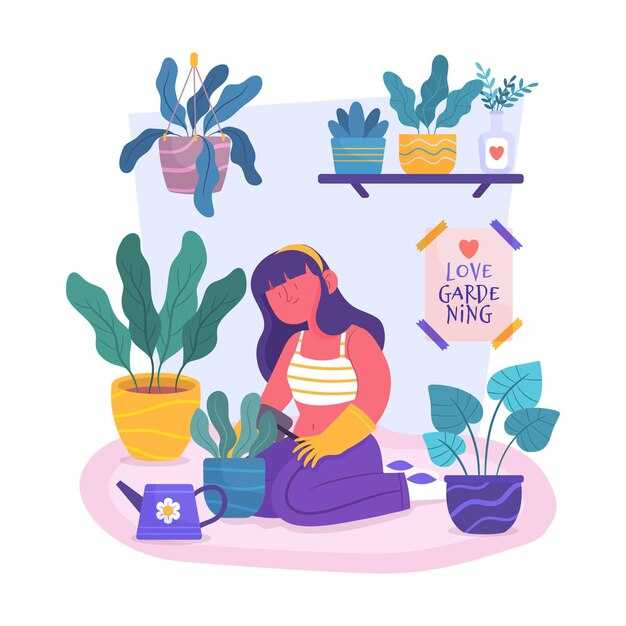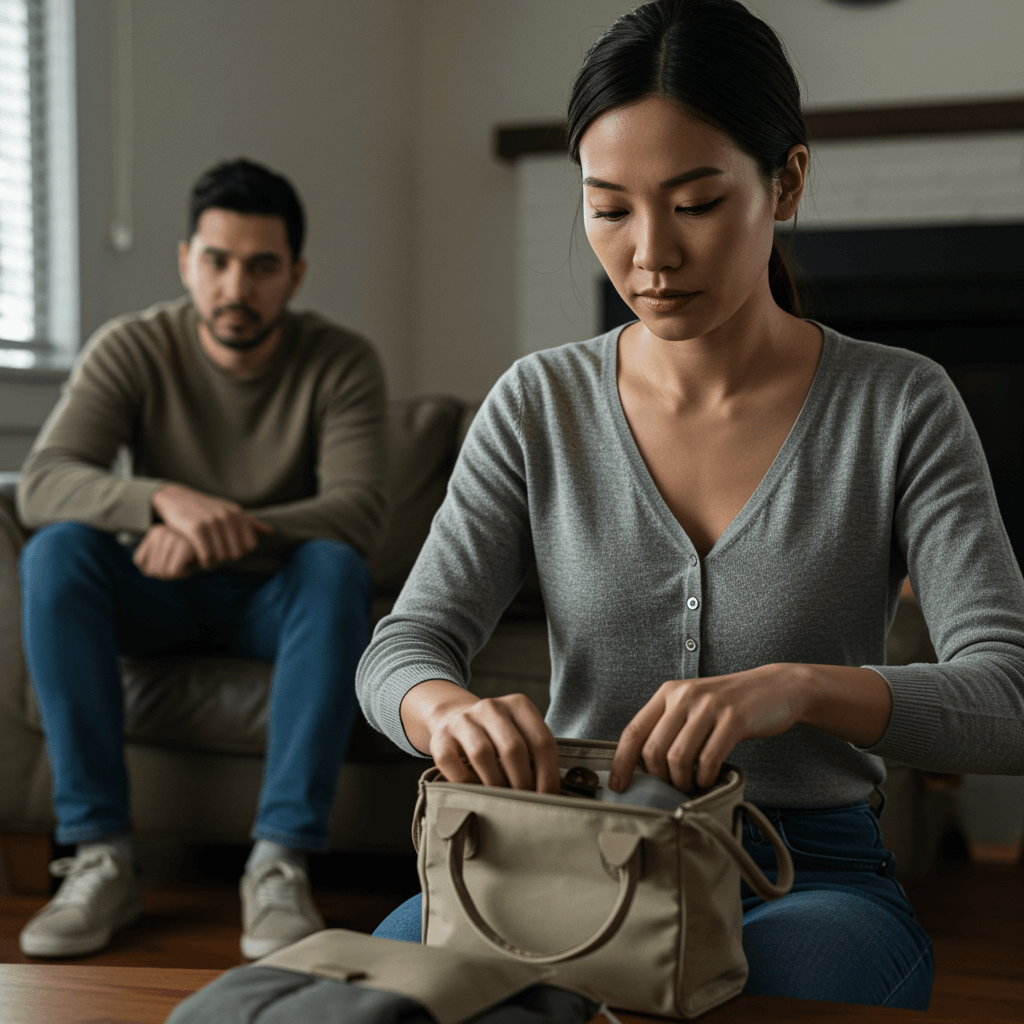Hey babe, can we go grab that plant I spotted at the nursery? Well, hold on — I was just wondering, don’t you think we already have enough plants? I couldn’t catch what you said. What? I was only saying, like, do you think we have too many plants now? That’s so odd — I can see your lips moving but I can’t make out the words. I’ve never heard you arrange those words like that before. Honestly, I was just tossing ideas around. So you don’t want me to bring home any more greenery? Are you kidding? No, not at all — I was just checking that you were content with everything we already have. Oh, absolutely, another one would make me even happier. I’m living for all the windows and light here, except for those mealybugs — they are absolutely the worst. Okay, how much is that new plant? Oh my gosh, great news — it’s seventy dollars, a big markdown from two hundred. Wow, that’s a deal you can’t let slip by. It’s meant to be for this girl. Too bad there’s only one, right? Yeah, honestly tragic. So, where would we put him? That’s a very good question because it feels like we’re running out of space. I’ve been avoiding this, but I think we should clear the plants off the tables. I’m actually glad you brought that up — if we installed hooks in the ceiling we’d free up loads of room for more plants. I’m so annoyed we didn’t come up with that idea sooner.
Signs of a Plant Obsession (and when it’s healthy)

Collecting plants becomes a concern only when it interferes with finances, relationships, living space, or pet safety. Common harmless signs of plant enthusiasm: spending free time propagating, researching care, joy from arranging displays, and turning small propagation victories into pride. Red flags include ignoring bills to buy plants, hoarding unhealthy specimens, or persistent arguments about space.
Practical space solutions
- Use vertical space: floating shelves, tiered plant stands, and wall-mounted planters maximize floor area.
- Hang plants: ceiling hooks, macramé hangers, or a row of hooks by a sunny window free up tables and floors.
- Window shelving and rails: install narrow shelves across windows to keep plants in optimal light without crowding rooms.
- Rolling plant cart: easy to move for light changes and can be wheeled out when you need table space.
- Rotate displays: seasonally rotate plants between a “show” area and a quieter care station to reduce clutter.
Budgeting and shopping smart
- Set a monthly plant budget or a “one-in, one-out” rule to limit growth without squashing enthusiasm.
- Propagate instead of buying: many popular plants are cheap to multiply from cuttings.
- Look for local plant swaps, Facebook Marketplace, and propagation groups to score affordable finds.
- Delay purchases with a 24–48 hour rule: if it still feels essential, go back for it.
Dealing with pests (mealybugs and friends)
- Isolate infected plants immediately to prevent spread.
- Wipe visible mealybugs with a cotton swab dipped in isopropyl alcohol; repeat every few days.
- For heavy infestations, use insecticidal soap, neem oil, or a systemic insecticide following label directions.
- Increase air circulation and avoid overwatering — stressed plants attract pests.
- Regularly inspect new purchases and quarantined cuttings for at least two weeks.
Care essentials to keep the collection healthy
Basic items every plant lover should have: a well-draining potting mix, pots with drainage holes, a moisture meter or a reliable watering routine, a balanced houseplant fertilizer, and proper light assessment (use a phone app or simple window orientation rules). Group plants with similar light and humidity needs together to simplify care.
Communication tips for couples
- Set shared rules: agree on designated plant zones and a realistic budget so both partners feel respected.
- Create a wishlist: let special purchases be pre-approved or saved for a birthday/occasion.
- Offer alternatives: if space or budget is limited, suggest decorative pots, plant care tools, or a propagation kit instead of a new plant.
- Make plant chores a team activity: watering day or repotting sessions can be bonding time.
Other helpful tips
- Label plants with names and basic care notes — health improves when you remember water and light needs.
- Consider pet toxicity before buying; many popular houseplants are harmful to cats and dogs.
- Keep a simple inventory (phone note or app) so you know what you own and can avoid accidental duplicates.
- Join local plant communities for advice, cuttings, and moral support — plant people are often generous.
Plants can bring enormous joy, improve air quality, and transform a home. With a few limits, smart storage and pest-prevention strategies, and clear communication, your plant habit can stay a healthy shared passion rather than a source of friction.
Before & After: How Plants Have Transformed Our Home
Place five targeted plants now: two floor specimens (150–180 cm), two tabletop plants (40–60 cm), and one hanging pothos – you’ll see measurable changes in acoustics, humidity and visual flow within four weeks.
Before: 25 m² living room, reverberation time 1.2 s, relative humidity 28%, average CO2 850 ppm, bare walls and single 60 cm sofa defined the seating area. After placing plants and soft textiles: reverberation dropped to 0.8 s, humidity rose to 42%, CO2 averaged 700 ppm, and the seating area gained a clear green boundary that improved perceived comfort and focus.
Place tall plants (Ficus lyrata, Monstera deliciosa) in corners to anchor the room and absorb mid-frequency sound. Use two 30–35 cm diameter pots for 150–180 cm specimens and allow 10–15 cm of rootroom at planting. Expect each large plant to cut reverberant reflections by roughly 0.1–0.2 s in an average-sized room.
Use tabletop plants (Calathea, ZZ plant) on consoles and side tables to break long sightlines. For bright indirect light species aim for 1,000–2,000 lux; for low-light tolerant species (Sansevieria, ZZ) keep within 100–500 lux. Measure lux with a phone app or a basic light meter and place plants accordingly.
Increase local humidity by grouping plants within a 60 cm radius and adding one small ultrasonic humidifier set to maintain 40–50% RH. Expect grouped plants to raise local humidity by about 5–8 percentage points; monitor with a digital hygrometer placed at plant height.
Soil and pots: mix 50% premium potting mix, 20% perlite, 30% orchid bark for airmix for most houseplants; use 60% potting mix, 30% coarse sand, 10% perlite for succulents. Select pots with drainage and place saucers to protect floors. For 40–60 cm plants choose 20–25 cm pots; for large floor plants choose 30–35 cm.
Watering and feeding: water most tropical houseplants once every 7–10 days (check top 3 cm of soil for dryness), succulents every 14–21 days. Feed with a balanced liquid fertilizer (N–P–K 10–10–10) at quarter strength every 4 weeks during March–September; skip feeding October–February.
Pest control and care routine: inspect new arrivals for 14 days in quarantine, check leaves weekly, wipe dust monthly with a damp cloth, prune leggy growth every 6–8 weeks. Treat spider mites or aphids with a 2% neem oil spray applied twice, seven days apart; isolate treated plants until dry.
Cost and time estimate: expect initial spend $300–600 for ten plants, pots and soil (small $10–30, medium $40–80, large $80–250). Weekly maintenance requires 30–60 minutes; monthly tasks (pruning, leaf cleaning) add one 45–60 minute session.
Quick 6-step implementation checklist: 1) measure room size and light (lux), 2) buy two tall, two medium, one hanging plant, 3) pot with recommended mix and sizes, 4) position plants near windows but 1 m from AC/heater vents, 5) set humidifier and hygrometer, 6) follow watering and feeding schedule and quarantine new plants 14 days.


 Is your Wife Addicted to Plants?">
Is your Wife Addicted to Plants?">

 Wife finds another "Sale"">
Wife finds another "Sale"">
 Il Motivo Reale per Cui è Così Difficile Riconoscersi dopo un Trauma Infantile">
Il Motivo Reale per Cui è Così Difficile Riconoscersi dopo un Trauma Infantile">
 Should I break up with him?">
Should I break up with him?">
 7 Habits That Easily Re-Ignited Her Arousal">
7 Habits That Easily Re-Ignited Her Arousal">
 Only the default parent will understand.">
Only the default parent will understand.">
 10 Emotional Regulation Strategies for Everyday Life">
10 Emotional Regulation Strategies for Everyday Life">

 CPTSD Ti Fa Desiderare la Vicinanza, Ma NE LA TEMI (Compilation di 3 Video)">
CPTSD Ti Fa Desiderare la Vicinanza, Ma NE LA TEMI (Compilation di 3 Video)">
 When is it OK to Lie to our Partners?">
When is it OK to Lie to our Partners?">
 If Your Body Does This, DON’T Ignore It! — It Means You’re In Survival Mode">
If Your Body Does This, DON’T Ignore It! — It Means You’re In Survival Mode">